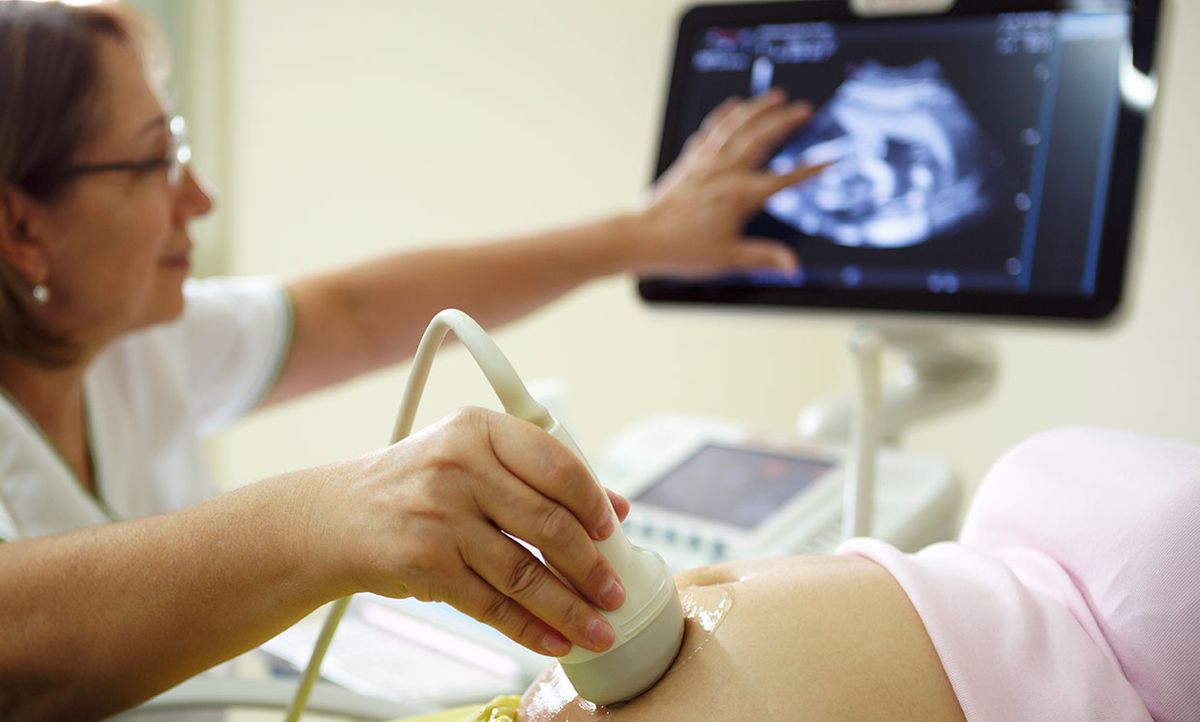Piezoelectric crystals are the key ingredient in many kinds of sensors that detect vibrations, and can be found in underwater sonars and medical ultrasound imaging systems. The crystals’ performance can be dramatically improved, according to a team of researchers at Xi'an Jiaotong University in China, by adding trace amounts of a rare-earth element.
Piezoelectric materials can convert mechanical oscillations to electrical signals and vice versa. Currently, the most advanced piezoelectric devices often use a perovskite oxide crystal known as PMN-PT, which outperforms other common piezoelectric materials by roughly a factor of three in terms of efficiency. However, despite much research, progress toward improving the performance of these crystals has been slow over the past two decades, researchers say.
Now scientists have discovered that introducing relatively minuscule amounts of samarium into PMN-PT—adding about one atom per thousand atoms of the parent crystals—could greatly enhance its performance. Regular PMN-PT crystals generate about 1,200 to 2,500 picocoulombs of charge per newton of force, but the new doped crystals could generate 3,400 to 4,100 picocoulombs per newton, they say.
The researchers found that the samarium atoms make the orderly crystalline structure of the PMN-NT more heterogeneous on the atomic and nanometer scales. This in turn disrupts the orderly arrangement of its dipole moments— spots in the material where electric charges are polarized. This disruption makes the crystal “much more sensitive and responsive to an applied electric field, leading to high piezoelectricity,” says study lead author Fei Li.
The scientists also discovered that samarium doping led to more uniform piezoelectric properties throughout the crystals by counteracting variations in the crystal's electrical properties as it was grown. The doping also led to bigger crystals, potentially helping reduce production costs and waste, they note.
The researchers suggest their work could one day lead to medical-imaging devices with improved resolution, sensitivity and efficiency, as well as more powerful piezoelectric actuators for use in a wide range of industrial applications. They detailed their findings in the 19 April issue of the journal Science.
Charles Q. Choi is a science reporter who contributes regularly to IEEE Spectrum. He has written for Scientific American, The New York Times, Wired, and Science, among others.



